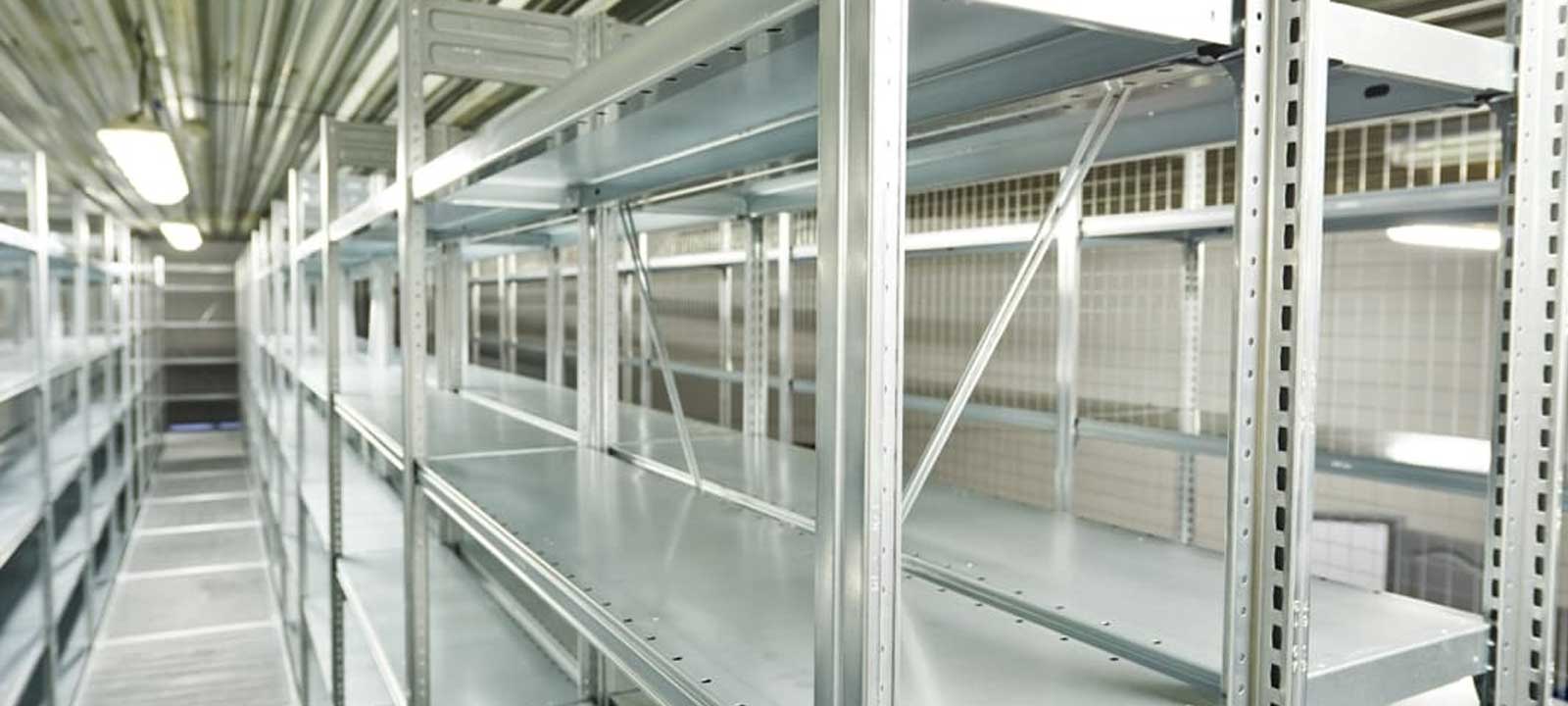Summary:
As businesses increasingly shift towards digital operations, traditional physical mail is rapidly declining in relevance. Digital mailrooms offer a powerful solution for improving efficiency, meeting customer expectations, and addressing regulatory demands. In this article you will learn how:
- Digital mailrooms enhance data capture and customer service.
- Automation unifies paper-based processes and digital transformation efforts.
- Mishandled mail negatively impacts customer service.
- Regulatory pressures are pushing businesses to improve data.
As both business and personal lives shift towards a more virtual world, it is a fair assumption to make that physical mail is a dying phenomenon. From digital pay slips to online retail receipts, paper-based documents are on the way out as businesses see the opportunities to be gained from digitizing processes.
Remaining competitive in the fast-moving and ever-expanding corporate environment is crucial for all businesses. Of equal importance, organizations are always looking at cost-effective and high-impact digital technologies to transform their processes and offer a more efficient and personalized service to customers. The digital mailroom, despite not being a new concept, has evolved to a stage where it can now provide a customized service tailored to individual business needs.
However, despite developments in digital mailroom technology, many businesses have still never tried a paperless office initiative. For instance, a quarter of UK businesses have never tried a paperless office and only 19% currently use a digital mailroom allowing post to be digitized on entry.
Mailroom automation is the bridge between the paper-based processes that companies will always deal with and the demands to digitally transform business models. With only 16% of UK businesses believing their organization ‘always’ meets its mail service levels and just over half (57%) saying their mail service levels were ‘mostly’ met, the opportunities for businesses to exploit are endless.
Benefits of a Digital Mailroom
Our research found that four in ten facilities and operations professionals said they believed a digital mailroom would improve the overall performance of their business. This is around double the number of people who thought there would be no improvement (in addition, around a third simply did not know). The digital mailroom can provide organizations with one platform to unite all paper-based communications, such as inbound mail, and absorb the information into digitalized processes alongside email and web forms to increase business efficiency and ultimately performance. Digital mailrooms are dramatically improving data capture and information management, as well as enhancing customer service and compliance. Businesses across all sectors are competing with the needs and demands from the customer for personalized and rapid response rates, and with 39% of facilities, customer service, operations and procurement managers believing that mishandling mail is having a negative impact on their customer service levels, digitization is a necessity to meeting the modern customers’ expectation.
Impact of Regulation
Facilities managers need to be not only looking at the external risks and pressures of paper-based documents but also industry-specific regulations that impact internal processes.
The most notable impact will be the obligation for businesses to get a lot smarter with regard to information and data – the risks of not doing so are becoming significant, including the real threat of financial losses and negative impacts to reputation. We believe that implementing a digital mailroom and automating key processes are major steps any business can take towards addressing these demands while creating a competitive advantage.
The Future of Paper
The death of physical mail has been much discussed over many years. The nirvana of a truly paperless office is unlikely to arrive in the near future because so many customer communications still need to be exchanged in paper form for legal or other regulatory reasons.
However, despite the fact that paper may never truly disappear, in our view, organizations can still gain significant financial and performance benefits by digitizing their inbound mail operations. By eliminating paper at its source and incorporating it into a single, smart platform that can automate routing and decision-making, and by introducing robotics and artificial intelligence, organizations will grow in competence and be able to provide a better service.
* 52 individuals were surveyed in November 2016 via both online and telephone methodologies. Respondents were primarily facilities managers, customer services managers, purchasing/ procurement managers, and operations managers. Most had roles encompassing a number of these disciplines




